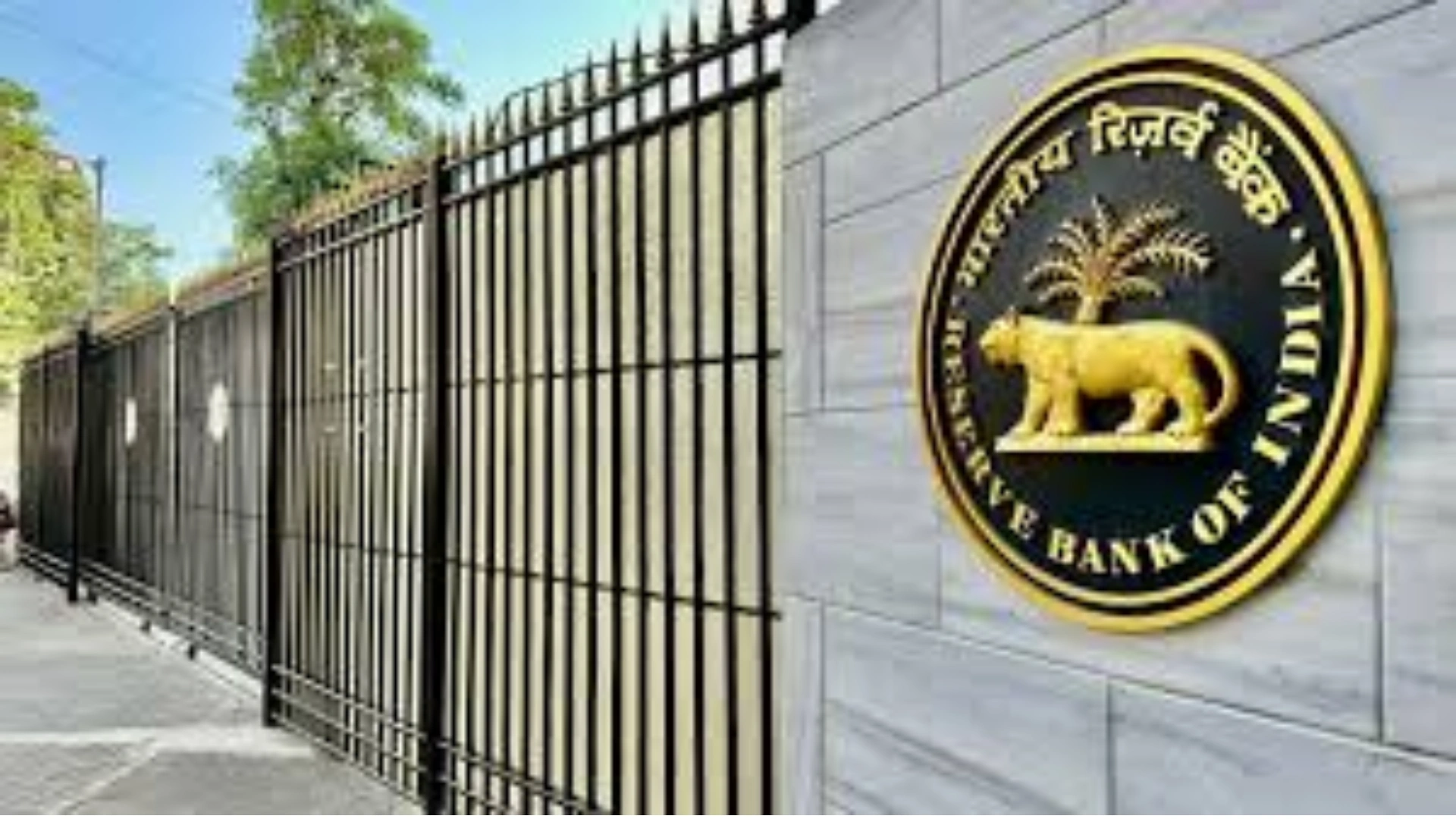| ➡️ Get instant news updates on Whatsapp. Click here to join our Whatsapp Group. |
The Reserve Bank of India (RBI) is set to infuse ₹2,50,000 crore into the banking system through a Variable Rate Repo (VRR) auction on Wednesday. The central bank stated that this decision was made after assessing the current liquidity conditions in the financial system.
To further manage liquidity, the RBI announced that it will conduct daily VRR auctions on all working days in Mumbai, with the reversal scheduled for the next working day, until further notice.
RBI’s Commitment to Liquidity and Rupee Stability
Following the recent monetary policy meeting, RBI Governor Sanjay Malhotra emphasized the central bank’s commitment to maintaining sufficient liquidity in the economy. He assured that necessary measures would be taken to ensure durable liquidity, meeting the system’s requirements.
Additionally, Malhotra stated that the RBI is closely monitoring the Indian rupee and is taking appropriate steps to maintain currency stability amid global economic uncertainties.
Liquidity Management and Future Measures
A Morgan Stanley report suggests that the RBI may take additional liquidity management steps such as Open Market Operations (OMO) purchases or foreign exchange (FX) swaps to address the potential liquidity shortfall expected by the end of March.
The report also pointed out that if domestic demand remains weak and global uncertainties persist, the central bank may need to extend its rate cut cycle beyond the expected timeline.
Major Relief for Banks: LCR and Project Financing Norms Deferred
In a significant move, RBI Governor Malhotra announced that the implementation of the proposed Liquidity Coverage Ratio (LCR) and project financing norms has been deferred by a year, pushing the deadline to March 31, 2026.
This decision comes after strong opposition from both public and private sector banks, which argued that the earlier deadline of March 2025 did not provide them with sufficient time for implementation. The banking sector feared that the new norms could trigger a liquidity crisis, impacting financial stability.
Banking Sector Concerns Addressed
The concerns regarding these norms were initially raised when former RBI Governor Shaktikanta Das introduced them. After Das’s tenure ended, bank officials met with Governor Malhotra soon after he took charge, urging him to reconsider the timelines.
Malhotra acknowledged these concerns and assured that the RBI aims to ensure a smooth transition without causing disruptions to the financial system.
With these measures, the RBI is focusing on maintaining liquidity, stabilizing the rupee, and providing relief to banks, balancing financial stability and economic efficiency.
